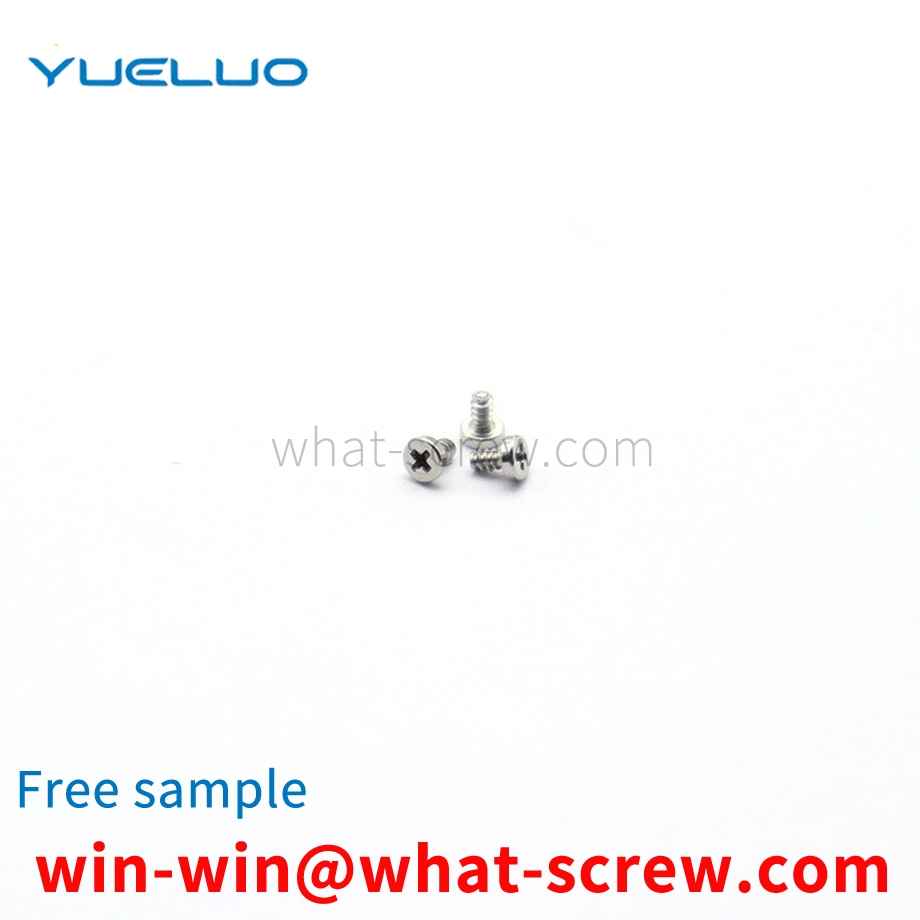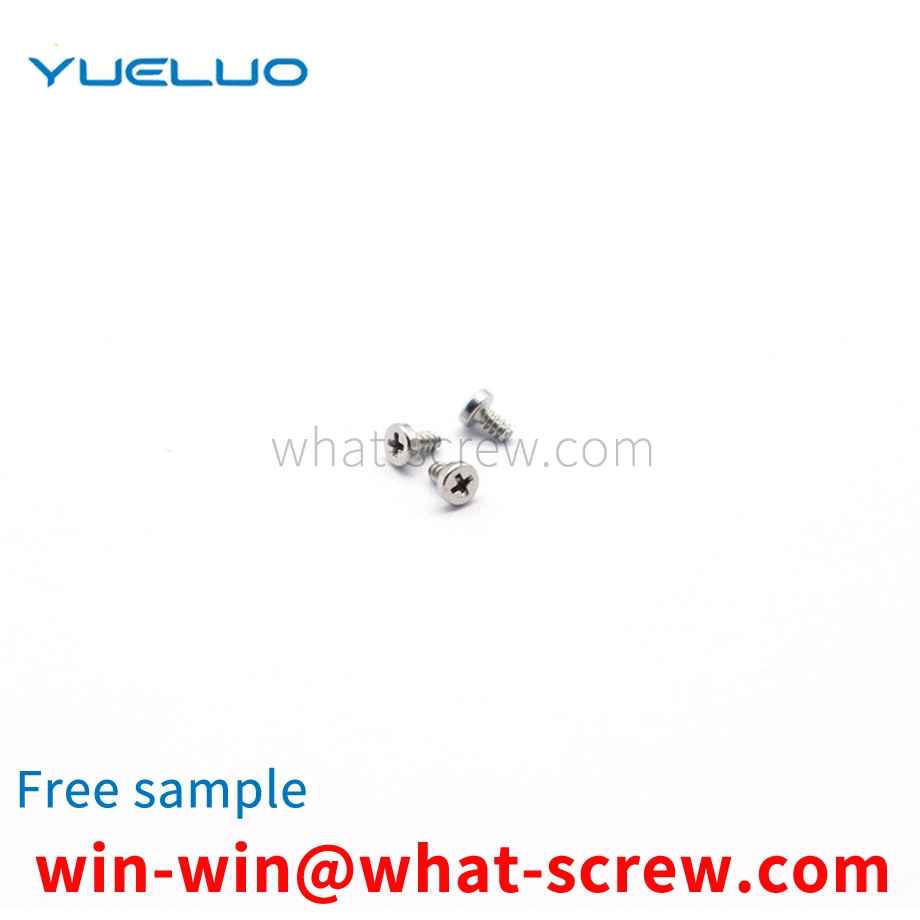Further, the clamping mechanism includes two clamping plates placed between the two fixing blocks, a bearing seat is installed on one side of each of the clamping plates, a bearing is installed inside the bearing seat, and the bearing is The inner ring is snap-connected with an elastic adjustment screw, and the other end of the elastic adjustment screw penetrates the fixing block and is placed outside the fixing block.
Stainless steel screws do not necessarily corrode and rust, but that stainless steel screws have a stronger ability to withstand corrosion and rust than iron screws. But stainless steel screws can still rust under certain circumstances. So under what conditions are stainless steel screws prone to rust! What is the cause of rust? Stainless steel screws have better characteristics, strong corrosion resistance, high temperature resistance, and strong rust resistance. But it will rust in harsh environments. For example, stainless steel screws are exposed to the sun and the wind every day under very humid conditions. Over time, it will definitely rust a little. For example, in contact with some acid-base chemicals to cause chemical reactions. cause corrosion and rust. There are also bad stainless steel screws, such as stainless steel SUS201 screws used in seawater. Due to long-term immersion, SUS201 stainless steel screws themselves are not suitable for use in salty seawater. cause corrosion and rust. For the use of marine products, it is generally recommended to use stainless steel SUS316 screws, because 316 stainless steel screws have better performance such as corrosion resistance. From the above, it can be concluded that stainless steel screws will still corrode and rust under certain circumstances. Therefore, this requires the rational use of stainless steel screws. Use stainless steel screws of different materials in different situations. And in different occasions, when using stainless steel screws, special attention is also required, and some details need to be considered more. Try to control the corrosion and rust of stainless steel screws as much as possible.
Shaft retaining ring (hereinafter referred to as retaining ring) is a very common part and is widely used in shaft parts. The existing solution for pressing the retaining ring is: place the retaining ring sleeve in the chamfering section or the guiding section of the shaft head, and then use an indenter whose inner hole diameter is larger than the diameter of the shaft head to press the retaining ring into the groove, and then press the retaining ring into the groove through the shaft head. The retaining ring is combined with the slot to prevent the indenter from continuing to move downward.
At present, for roller or needle roller bearings without cages, ribs, and low-speed operation, the structure mainly includes inner and outer rings and rollers or needle rollers in the raceway between the inner and outer rings, and additional The retaining rings on both sides of the roller or needle roller, among which the retaining rings added on both sides of the roller or needle roller are annular steel sheets punched from metal sheet, and their function in the bearing is only Correctly guide the rollers or needle rollers to run normally in the raceway between the inner and outer rings to prevent the rollers or needle rollers from deviating and slipping out of the raceway. The defect of the retaining ring of this structure is that first, because the rigid retaining ring and the inner ring are completely separated, there is a gap between the retaining ring and the installation shaft during installation. When the bearing is working, The retaining ring is driven by the outer ring and the rollers or needle rollers to rotate around the installation shaft. Due to the inconsistency of the structure, the retaining ring is easy to fall off during the rotation process, the safety of use is poor, and the rollers or needle rollers will appear toward the raceway. The situation of one side offset, which causes the bearing load center to offset, affects the reliability of the bearing operation, and ultimately affects the service life of the bearing; There is a gap between the raceways of the needle, so the tidbits, dust, etc. generated during the working process will continue to enter the raceway between the inner and outer rings. It is stuck; in addition, due to the gap between the steel retaining ring and the raceway, the grease stored in the raceway will be continuously lost, which will cause the bearing to heat up due to frequent lack of grease, or even burn out, which also affects the to the service life of the bearing.
The retaining ring with an open ring structure is a commonly used mechanical part. It has standardized design standards. Its main function is to fasten the ring-shaped parts on the shaft, which can prevent other parts mounted on the shaft from moving. kinds of fasteners. In the prior art, the retaining ring is mainly processed by stamping, which has the following defects: 1. The material utilization rate is low;
We have many years of experience in the production and sales of screws, nuts, flat washers, etc. The main products are: screw with holes, DIN6923 hexagon flange nuts, countersunk head cross stainless steel screws, reamed hole bolts and other products, we can provide you with suitable products for you Fastener Solutions.



















 Service Hotline
Service Hotline




